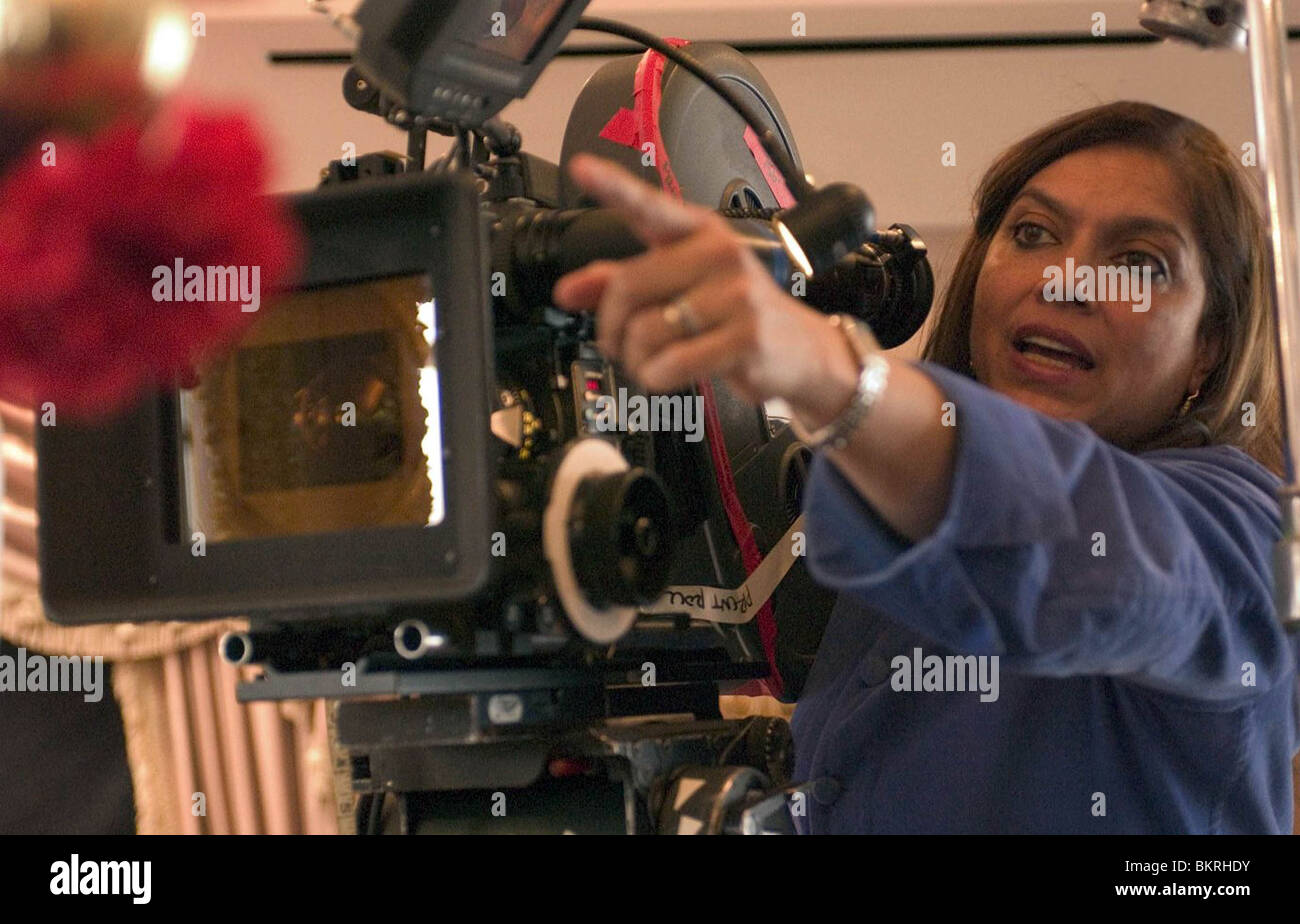


There is barely a moment where the Gangulis interact with characters of any other race or ethnicity besides white or Indian. When the characters were not struggling with the burden of their Indian culture and identity, they marched headlong into White America. The Gangulys live in the Pleasantville of the Model Minority. But Gogol’s identity crisis didn’t interest me that much. I had my hopes pinned on Lahiri, as the premier second generation South Asian American writer, to write a new story – one that I would really relate to as a second generation South Asian American. Their stories are, not surprisingly, about immigration and the lives of Indian women.

I think my uber-critical response to The Namesake has to do with the fact that though there is much hoopla about South Asian writers in America, it’s first generation immigrant women who seem to be the ones getting book deals here. Lahiri’s writing is controlled and precise and when it comes to the details of the Bengali American experience, she has it down. They both had two children in America, a son and a daughter. The Gangulys in the book immigrate to America from West Bengal like my parents. After all, it was the first book so closely related to my own personal experience. When the book came out in 2003, I read it twice, wanting very much to like it. SAN FRANCISCO - When I heard that renowned filmmaker Mira Nair was making a movie version of Jhumpa Lahiri’s novel The Namesake, I was disappointed.


 0 kommentar(er)
0 kommentar(er)
